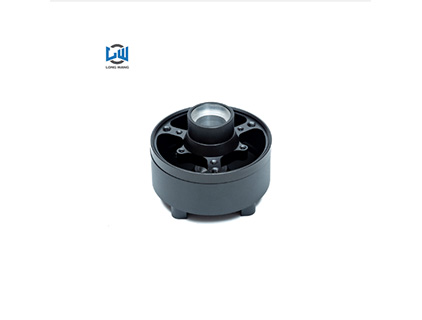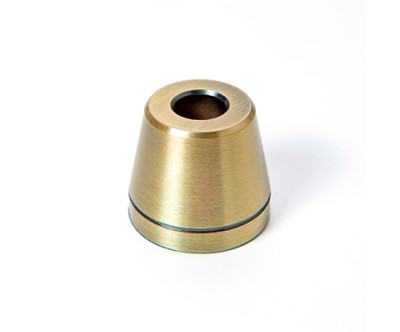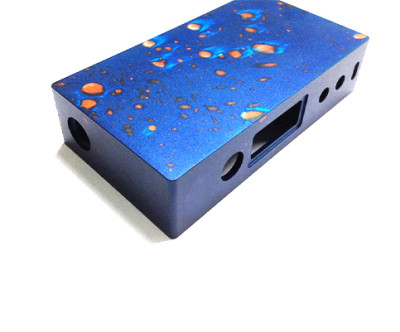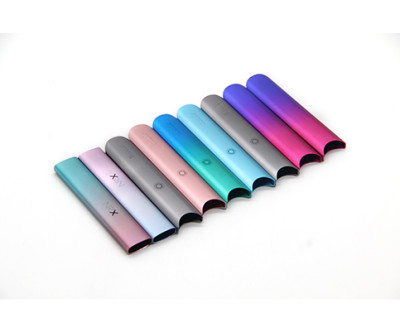CNC Milling for Aluminum Drone Parts: Innovations and Challenges
CNC milling has become a cornerstone of modern manufacturing, especially for industries that demand precision, reliability, and efficiency. Among these industries, drone manufacturing stands out as one where every component plays a crucial role in ensuring performance and durability. Aluminum, with its strength-to-weight ratio and corrosion resistance, is an ideal material for drone parts, and CNC milling techniques are increasingly used to meet the complex demands of drone design.
The Role of CNC Milling in Drone Manufacturing
CNC (Computer Numerical Control) milling is a process where computer software controls the movement of a milling machine to carve or shape materials with high precision. For drone manufacturers, CNC milling provides several key advantages: it allows for the production of intricate, lightweight parts with high structural integrity, which are essential in creating high-performance drones. The precision offered by CNC milling enables manufacturers to achieve tight tolerances, sometimes as small as ±0.01mm, which is critical when dealing with complex designs or parts that must fit together perfectly.
DJI Innovations, a leader in the drone industry, uses CNC milling to create its drone components with remarkable accuracy. In their designs, for example, the use of CNC milling allows them to achieve an unmatched level of consistency, which is vital for maintaining the overall stability and performance of their drones. DJI’s reports suggest that by leveraging CNC milling, they can produce highly consistent parts that maintain tight tolerances, significantly improving the overall reliability of their products.
Aluminum: The Ideal Material for Drone Parts
Aluminum has long been the material of choice for many industries, but its use in drone manufacturing is particularly notable. Drone manufacturers prioritize lightweight materials to reduce weight and extend battery life. Aluminum, especially alloys like 6061 and 7075, offers a high strength-to-weight ratio, making it perfect for structural components like frames and motor mounts. For example, Parrot AR.Drone made use of 6061 aluminum alloy, significantly reducing the drone's weight by 15%, allowing for longer flight times and better maneuverability.
In addition to being lightweight, aluminum also boasts excellent thermal conductivity, a crucial feature for drone parts exposed to heat during operation. Drones, especially those used for industrial applications or long flights, generate a significant amount of heat. Aluminum parts help to dissipate this heat effectively, preventing overheating and ensuring smooth operation.
The corrosion resistance of aluminum is another factor that makes it a top choice for drones, which are often exposed to outdoor elements. In drone applications, this property is crucial for parts that may encounter rain, humidity, or salty air. Autel Robotics, for instance, uses anodized aluminum finishes on their drone parts to enhance corrosion resistance and improve durability, ensuring that their drones can withstand harsh environmental conditions.
Complex Drone Parts and CNC Milling Capabilities
A key benefit of CNC milling is its ability to create complex geometries. Drones require parts with highly specialized designs, such as motor mounts, camera gimbals, and propeller components, which often involve intricate and unique shapes. The precision of CNC milling allows for the production of these parts, which cannot easily be achieved through traditional manufacturing techniques.
For instance, Yuneec’s Typhoon H Pro uses CNC-milled aluminum frames and motor mounts. These parts must be both lightweight and incredibly strong to provide stability during flight. CNC milling provides the ability to achieve these design goals by enabling manufacturers to produce components with precise geometries and tolerances, ensuring that each part fits perfectly and functions as intended.
Precision and Surface Finishing in CNC-Milled Parts
Achieving high precision is one of the major advantages of CNC milling, but surface finishing is just as important. The surface finish can significantly affect the performance, appearance, and durability of the parts. In drone manufacturing, surface finishes such as anodizing or powder coating are often applied to improve corrosion resistance and strength.
EVO II, produced by Autel Robotics, is a prime example of how surface finishing enhances drone parts. Autel uses CNC machining combined with anodizing to increase the strength and longevity of their aluminum components. The anodizing process creates a protective layer on the surface of the aluminum, which prevents corrosion and improves wear resistance. This makes the drone more reliable in various outdoor conditions, providing a longer service life for the customer.
A study from Aluminum Finishing Magazine highlights that anodized aluminum can exhibit a 25% improvement in corrosion resistance compared to untreated aluminum. This enhanced durability is essential for drone components, which need to perform reliably in various environmental conditions, from urban landscapes to rugged terrains.
The Challenges of CNC Milling Aluminum for Drones
Despite the many advantages, CNC milling of aluminum for drone parts is not without its challenges. One of the main difficulties is managing the heat generated during the cutting process. Aluminum has a low melting point, and when milling at high speeds, the material can heat up quickly, which can lead to thermal distortion or tool wear. This is particularly important when manufacturing parts that require high precision.
Companies like EHang, which manufactures the 184 passenger drone, have faced these challenges head-on. To mitigate the effects of heat buildup during the milling process, EHang uses advanced cooling systems, including high-pressure air and liquid cooling, to keep the temperature within optimal ranges. This helps to reduce the potential for thermal deformation and ensures that parts are milled to the highest precision.
Another challenge is chip removal during the milling process. The complexity of the drone parts and the material being cut means that the chips can accumulate quickly, leading to potential blockages or tool damage. Effective chip removal systems, such as those used in multi-axis CNC machines, are essential to avoid these issues. Multi-axis machines can mill parts from various angles, making it easier to clear chips while maintaining precision.
Customization and Cost Considerations
CNC milling also allows for customization, which is a major benefit for manufacturers and consumers alike. Many drone manufacturers offer customizable drone parts, where customers can choose the material type, shape, and design based on specific needs. 3DR Robotics is a good example of this trend, offering custom-milled aluminum parts for drones based on user specifications. This flexibility in design is made possible by CNC milling's capability to produce highly customized components without significant increases in cost.
However, cost considerations are also crucial. While CNC milling offers precision and customizability, it can be more expensive compared to other manufacturing techniques, especially for smaller production runs. But with the ability to produce high-quality, high-precision parts, the investment in CNC milling can pay off in the long run. SkyX Systems Corp, for example, reduced their CNC milling costs by 20% through strategic batch production and careful material selection, allowing them to pass on the savings to their customers.
Looking Ahead: The Future of CNC Milling in Drone Manufacturing
The future of CNC milling in the drone industry looks promising, with several technological advancements on the horizon. One notable trend is the integration of multi-axis milling machines, which offer greater flexibility and the ability to create more complex geometries. The use of hybrid manufacturing, which combines CNC milling with additive manufacturing (3D printing), is also gaining traction. This approach can reduce material waste and improve production efficiency while maintaining high-quality results.
Volocopter, a company working on electric vertical takeoff and landing (eVTOL) aircraft, has already begun using multi-axis CNC milling combined with advanced CAD/CAM software to design lightweight, strong parts. This integration of new technology allows for greater design freedom and precision, which is crucial for the development of next-generation drones.
The continued advancements in CNC milling technology, coupled with the development of new materials and manufacturing techniques, promise to further enhance the capabilities of drone manufacturing, making drones even more efficient, durable, and capable of meeting the increasing demands of both commercial and consumer markets.
Conclusion
CNC milling plays a pivotal role in the production of high-precision aluminum parts for drones, offering benefits in terms of weight reduction, structural integrity, and customization. Despite the challenges, such as heat management and chip removal, the use of CNC milling has enabled manufacturers to push the boundaries of drone design. With the growing demand for lighter, stronger, and more reliable drones, CNC milling will continue to be a critical technology in shaping the future of the drone industry.



